With the 2010s at an end, it’s time to take a look back at the cars that had the most impact over the past 10 years. The vehicles listed below stand out in a number of different ways. Some pushed boundaries with electric powertrains, mind-melting performance, and ultramodern designs, while others kept it simple, sticking to the basics and improving upon formulas that have worked now for decades. A few even created entirely new segments. Without further ado, here are the 15 best cars of the last decade.
Tesla Model S
The Model S took the world by storm at the beginning of this decade as the first viable mass-market electric luxury car — a thing no one seemed to know customers wanted. Well, Tesla TSLA, -0.66% did. Offering varying trim levels with between 250 and 370 miles of range, the Model S was the first electric car that you could largely drive like your old gas-powered luxury car, relying on it for everything from around-town errands to road-trip duty, thanks to Tesla’s growing network of charging stations.
Additional selling points of the Model S include its large rear hatch opening, available all-wheel drive (AWD) system and massive iPad-style center infotainment screen. Finally, the Model S offers Tesla’s suite of active safety tech, which the company brands as Autopilot. While it isn’t a full self-driving system — no automaker offers this and it’ll likely be many, many years before any vehicle is capable of driving itself entirely — Tesla’s Autopilot feature is among the most advanced systems in the industry, and has driven innovation in this area ever since it made its debut in late 2014. Oh, and guess what there’s a whole new crop of for 2020 and beyond? Yep, luxury electric cars.
Nissan Leaf
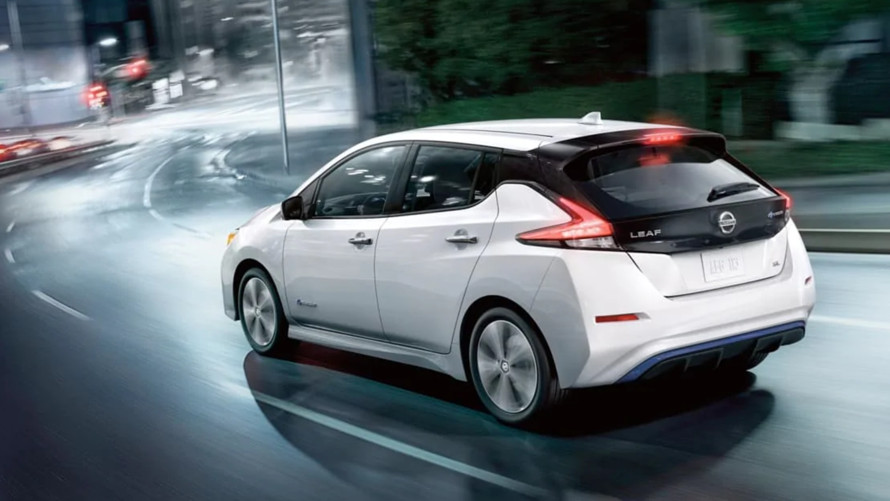 Nissan
Nissan While the Model S was the original electric luxury car, the Leaf was the first electric car to target the masses. Think of it as the modern Ford F, -0.11% Model T of electric cars. Making its debut for the 2011 model year, the Leaf carried a base price of around $34,000, although that figure was quickly reduced by as much at $10,000 thanks to federal, state and local tax incentives offered on electric vehicles (EVs).
Read: The newest electric vehicles with the most range
The Environmental Protection Agency rated the original Leaf at around 75 miles of range during its first few years on sale — impressive figures for the era. The Leaf also offered day-to-day livability: It came in a convenient compact hatchback body style that made it more practical than most EVs that preceded it, and it was backed by Nissan NSANY, -1.87% reliability, not to mention the company’s wide dealer network. Altogether, the Leaf set the standard for economical electric vehicles, and the rest of the industry would soon follow suit.
Toyota Prius
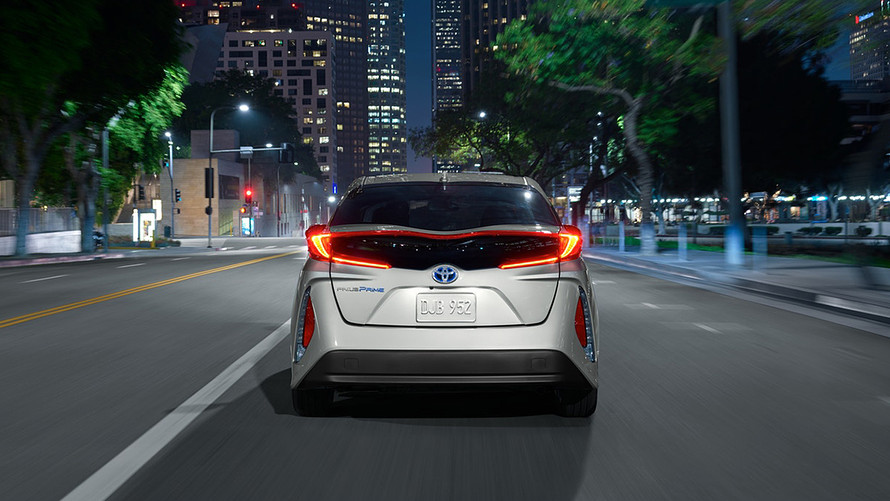 Toyota
Toyota The third-generation Toyota Prius came out for the 2010 model year. As the hybrid-electric segment was growing quickly at this time, the Prius faced new competition, and therefore needed to deliver improvements — and improve it did. The new third-gen Prius was more aerodynamic than the previous model, and came with a bigger engine and rear disc brakes. Reviewers praised it for offering better handling and a better ride than its predecessor. Fuel economy was impressive, too, coming in at 51 miles per gallon in the city, 48 mpg on the highway and 50 mpg in combined driving, according to the EPA. Toyota TM, -0.56% also opted to introduce a plug-in hybrid variant of the Prius for the 2012 model year as well, which offered up to 11 miles of electric-only range.
Acura NSX
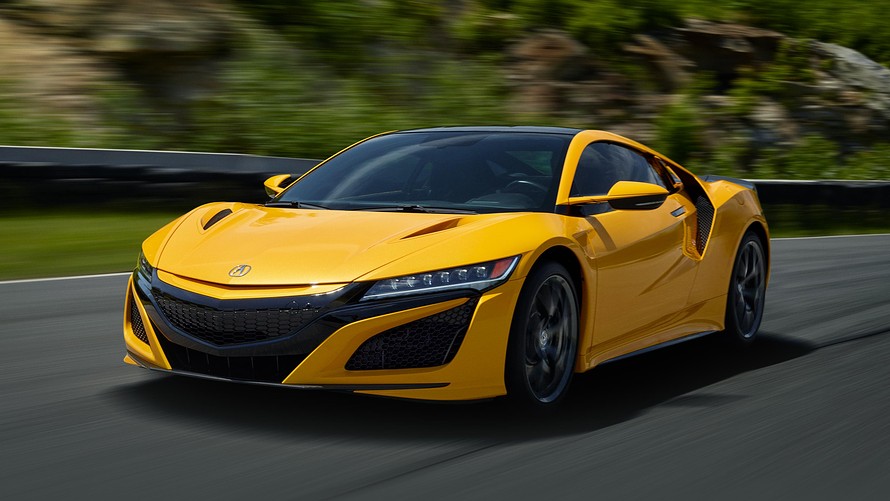 Acura
Acura After years of teasers, concepts and anticipation, Acura finally released the second-generation NSX for the 2017 model year. With a price tag that can approach $200,000 with the right options, the NSX is hardly as relevant to everyday buyers as the other vehicles on this list, but we’ve included it for a number of reasons. First is the badge on its hood. Acura and parent company Honda obviously don’t carry the brand cache as Ferrari, Lamborghini or even Audi when it comes to supercars, but as Honda HMC, -1.11% products are known for reliability and longevity, you can rest assured that an NSX will be less costly and less cumbersome to maintain over the long run.
Secondly, the NSX is surprisingly easy to live with day-to-day. Boasting Acura sensibility, buyers will find comfortable seats, a surprisingly usable trunk, a variety of drive modes for everything from weekends at the track to taking your kid to school, and a respectable fuel economy rating of 21 mpg combined.
Finally, there’s the NSX’s performance. Power comes from a midmounted 3.5-liter twin-turbo V6 paired with three electric motors. Combined output comes in at 573 horsepower, which translates to a 0-to-60 mph time of just 3.0 seconds flat and a top speed of 191 mph, not to mention impeccable handling, thanks to the vehicle’s sophisticated AWD system.
Mazda Miata
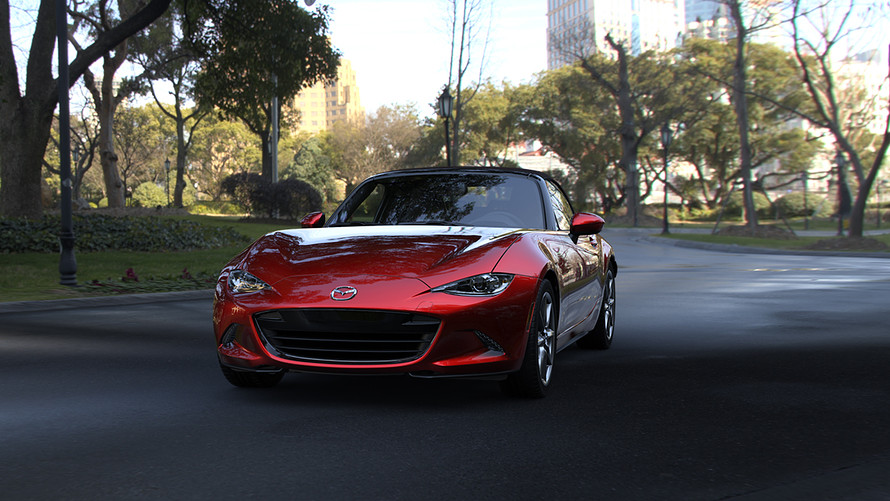 Mazda
Mazda While other vehicles made this list for offering big power or electric powertrains or massive sales numbers, the Miata earns a spot for simply staying the course. When the original, or “NA” generation Miata made its debut for the 1990 model year, it quickly set the standard for every simple, lightweight driver’s car that would follow it, a sentiment that still rings true today.
Mazda MZDAY, +0.47% has stuck to this formula throughout the years, and the fourth-generation, or “ND” Miata, still offers the same driving experience as the original, albeit in a much more refined and polished package. The current Miata, which made its debut for the 2016 model year, is offered in either a soft-top convertible body style, or as the fastback-styled RF, which has a power-folding roof panel over the cockpit. Whichever one you choose — get the manual. No other vehicle will put a smile on your face quite like the Miata.
Toyota RAV4
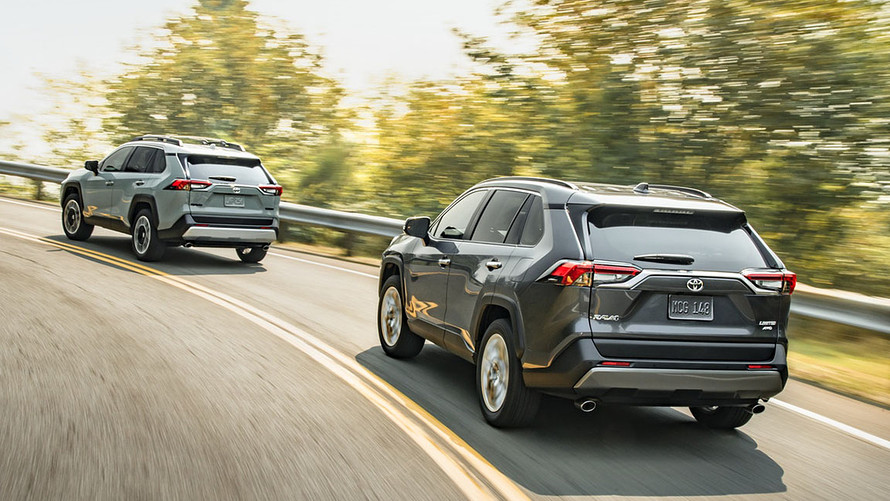 Toyota
Toyota While the older versions of the RAV4 won’t blow your socks off with regard to looks or performance or exclusivity, the RAV4 makes our list of best cars of the decade because no other vehicle better represents the changing tides of Americans’ automotive preferences. Historically, the best-selling vehicle in the U.S. (excluding full-size trucks) has been a sedan — specifically, since the mid-1990s, the Toyota Camry. This all changed in 2017, when for the first time ever, an SUV stole the crown.
And that SUV was the Toyota RAV4, a vehicle that offers a spacious cabin, good cargo volume, great efficiency and industry-leading reliability. Toyota introduced an all-new RAV4 for the 2019 model year, and the redesigned compact SUV now offers aggressive new styling, great standard safety features, and both hybrid and off-road trim levels. It doesn’t appear that the RAV4 will have its crown stolen any time soon.
Genesis
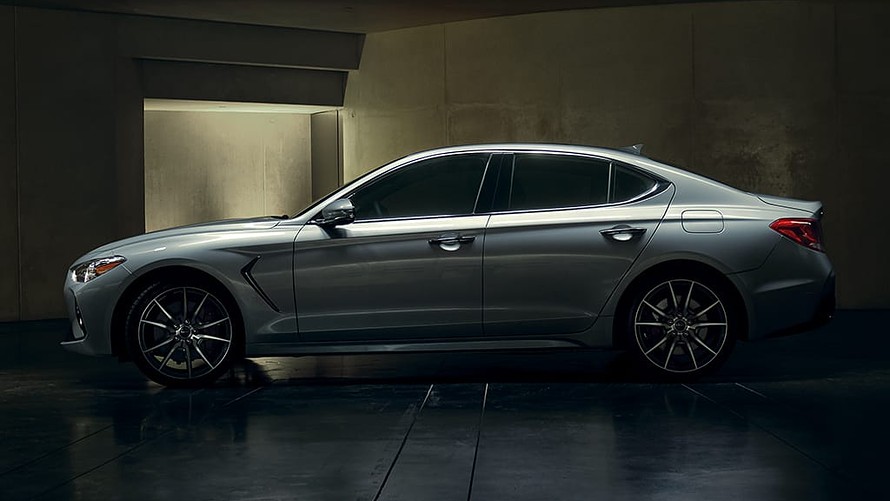 Genesis
Genesis If you brought up the Genesis name 10 years ago, you’d be referring to one of two rear-wheel drive (RWD) Hyundai-badged midsize cars. Today though, Genesis is a full-fledged luxury nameplate, with entrants in the compact, midsize and full-size segments, not to mention a midsize SUV on the way. While its relationship to Hyundai HYMTF, +8.91% is much like that of Lexus and Toyota or Acura and Honda, Genesis clearly has its sights set squarely on the Germans, and its trio of RWD sport sedans are good enough to put BMW, Mercedes-Benz and Audi on notice. With potent powertrains, refined cabins, great performance and the best warranties in the industry, the Genesis brand deserves a spot on the shopping list of any luxury buyer.
Kia Telluride
 Kia
Kia While the Telluride isn’t exactly groundbreaking, it’s simply the best ever execution of the 3-row family crossover formula. Sharing its platform with the all-new Hyundai Palisade, which is nearly as compelling, the Telluride wears an extremely attractive, chiseled, boxy design, which will undoubtedly appeal to moms and dads who grew up with the rugged, upright SUVs sold through the 1980s and 1990s.
Additionally, the Telluride is packed with the latest technology — sharp screens, clever safety features and loads of connectivity ports — putting it squarely at the top of the midsize family-hauling SUV segment. It also offers Kia’s industry-leading 5-year/60,000-mile basic and 10-year/100,000-mile powertrain warranties. When it comes to the family crossover segment, the Telluride stands firmly above the competition.
Ford Mustang
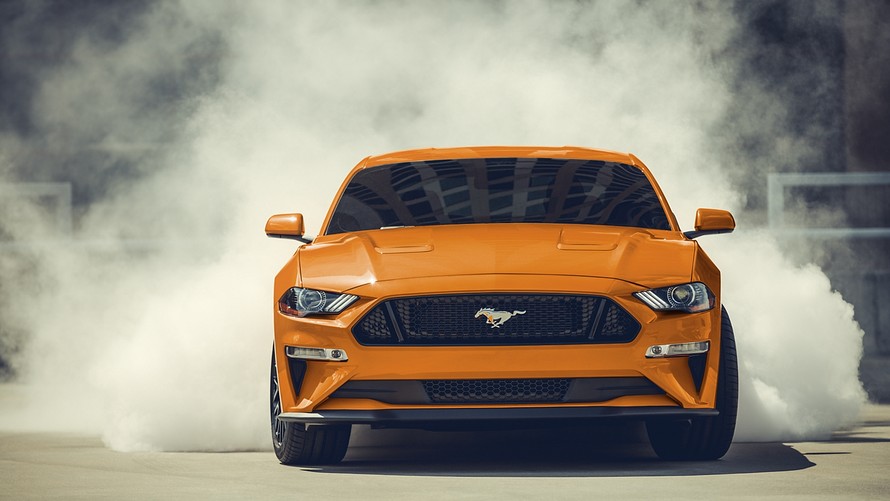 Ford
Ford The fifth-generation Mustang on sale at the earlier part of this decade came with a few underwhelming engine choices along with a solid rear axle — a positively ancient way to build a passenger car. The sixth-gen ’Stang that came out for the 2015 model year, though, is downright impressive. Gone is the solid rear axle in favor of a modern fully independent suspension. There’s also an all-new 4-cylinder model that, despite how sacrilegious it sounds at first, offers impressive power and efficiency, turning the Mustang from a snarling muscle car to a fun, lightweight, tossable autocross champ.
Finally, to finish off the decade, Ford went ahead and introduced the all-electric Mustang Mach-E, signaling an extension of the Mustang brand into an entirely new and different segment. Ford didn’t forget about the purists though, and this year introduced an all-new Mustang GT500, which puts out a ridiculous 760 hp. Needless to say, there’s now a Mustang for just about anyone.
Ford F-150 Raptor
Ford took a risk when it introduced the Raptor way back in 2010. While trucks with locking rear differentials and mild off-road shock absorbers have been a thing for a while, the Raptor is a different beast altogether. The Raptor takes cues from trophy-style off-road racing trucks, and comes with a wide track with modified bodywork, unique drive modes and massive 35-in tires. Supporting it are four high-performance off-road shock absorbers co-developed with Fox. It’s now been 10 years since the Raptor was introduced, and the competition has yet to catch up, as to this day, the Raptor still doesn’t have a bona fide rival. Heading into the new decade, Ford is rumored to be releasing a Raptor powered by the supercharged 5.2-liter V8 found in the new Mustang GT500. As if this thing wasn’t already crazy enough.
Porsche Macan
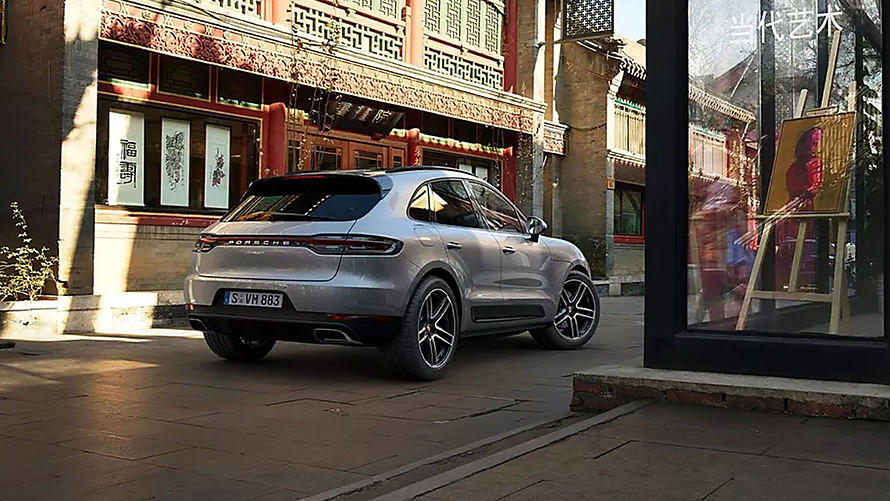 Porsche
Porsche Porsche SUVs aren’t without their fair share of controversy. This storied manufacturer of the rear-engined, flat-6 powered 911, one of the purest sports cars of all time, building SUVs? Like it or not, Porsche’s SUVs are a hit, and they now play a massive role in Porsche’s operations, as the revenue they generate helps to bankroll the development of more exotic models in the company’s lineup, like the 918 Spyder and Taycan.
While the original Porsche SUV — the Cayenne — has been on sale now for quite some time, Porsche’s baby SUV, the compact Macan, made its debut here in the U.S. as a 2015 model, and quickly became the most popular vehicle in the company’s lineup. Offering a variety of potent engines and endless customization options, the Macan may not be shaped like a traditional Porsche, but sit down behind the wheel and one thing becomes clear: It’s real Porsche.
Chrysler Pacifica
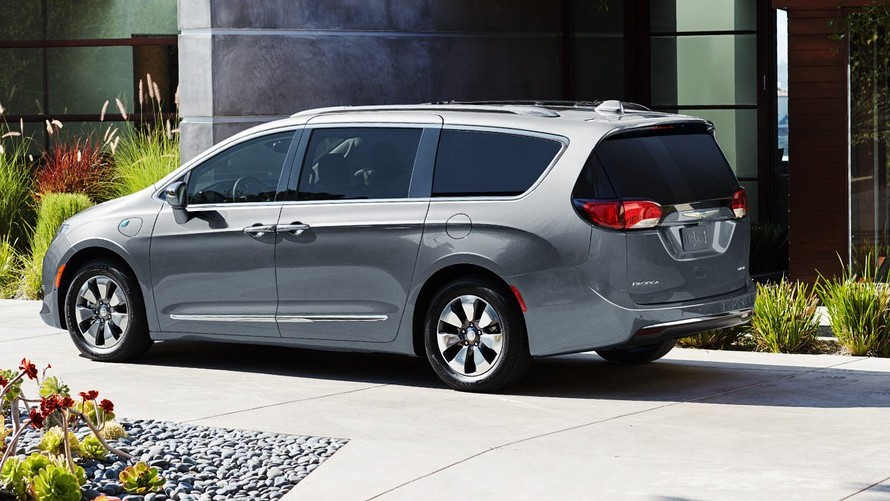 Chrysler
Chrysler Chrysler has been through a lot in the past decade. While the historic brand has been in ownership flux for much of its existence, things have gotten particularly grim over the last 10 years, as nameplates like the 200, Town & Country, Sebring and PT Cruiser all staples in the company’s lineup in recent history, have all died off, leaving the ancient 300 and the Pacifica minivan as the only two models in the company’s lineup.
Regardless, the Pacifica is actually quite impressive. It offers loads of family-friendly features, including clever seating that folds flat into the cargo floor, making for a completely flat load floor, all at a great value, especially when you consider the plug-in hybrid model, which nets you a $7,500 discount via a federal tax credit, plus whatever’s offered by the state in which you live. The Pacifica also adds a bit of luxury that’s missing in the other, more traditional minivan offerings.
Jeep Gladiator
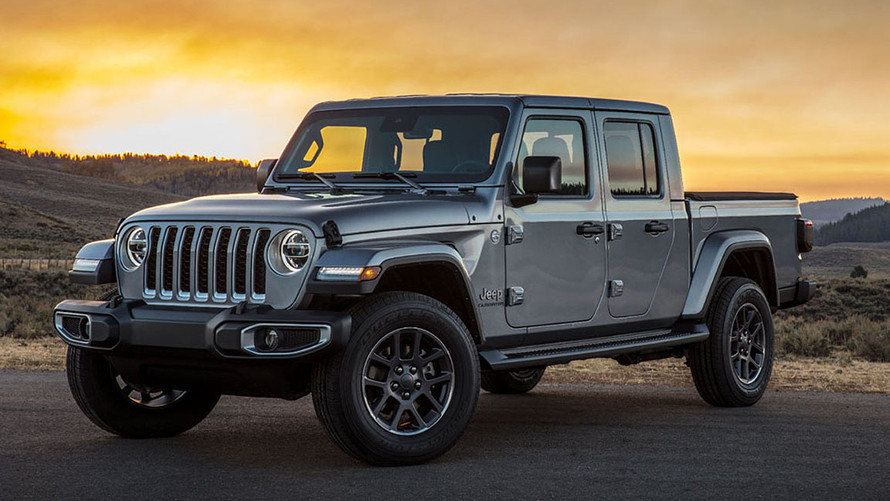 Jeep
Jeep Until this past year, Jeep hadn’t offered a pickup truck since the discontinuation of the Comanche after the 1992 model year. This all changed in 2019 when the company introduced the all-new Gladiator, based heavily on the JL Wrangler that itself was all-new for the 2018 model year. Like the Wrangler, the Gladiator offers removable doors, and your choice of either a canvas soft top or a plastic composite hardtop, both of which are also removable. Oh yeah, the windshield folds down, too. Just like there’s no other SUV like the Wrangler, there’s no other pickup like the Gladiator.
Volvo XC90
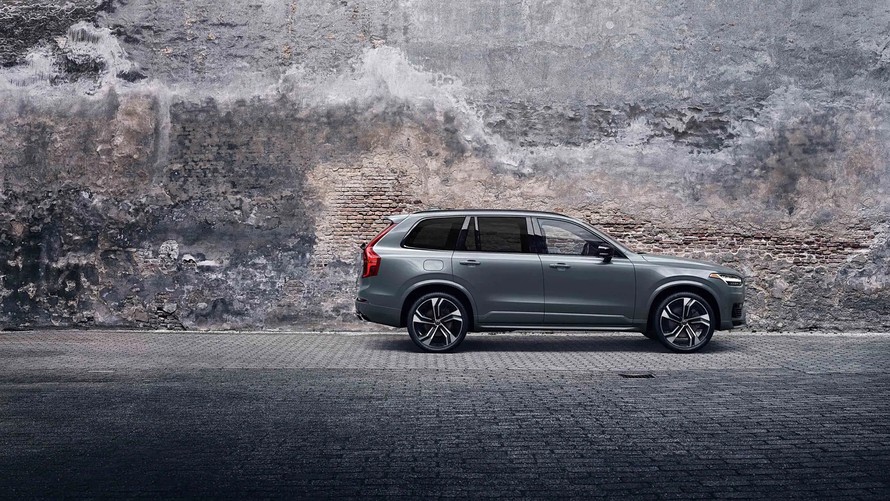 Volvo
Volvo Volvo has reinvented itself over the past 10 years. In 2010, the historically small car company was purchased by Geely, a massive Chinese automaker, which, in addition to offering large economies of scale, was able to offer Volvo an unprecedented R&D budget, allowing the Swedish automaker to transform its lineup into an array of modern vehicles primed for the future. This is most evident in the new XC90 3-row SUV, which made its debut for the 2015 model year. Powered by a range of turbocharged, supercharged and electrified 4-cylinder engines, the XC90 offers good efficiency, a modern, minimalist interior, loads of connectivity and safety tech, and unique Scandinavian design elements like an available wool interior.
Don’t miss: The top trends in automobile technology to look for in 2020
Dodge Hellcats
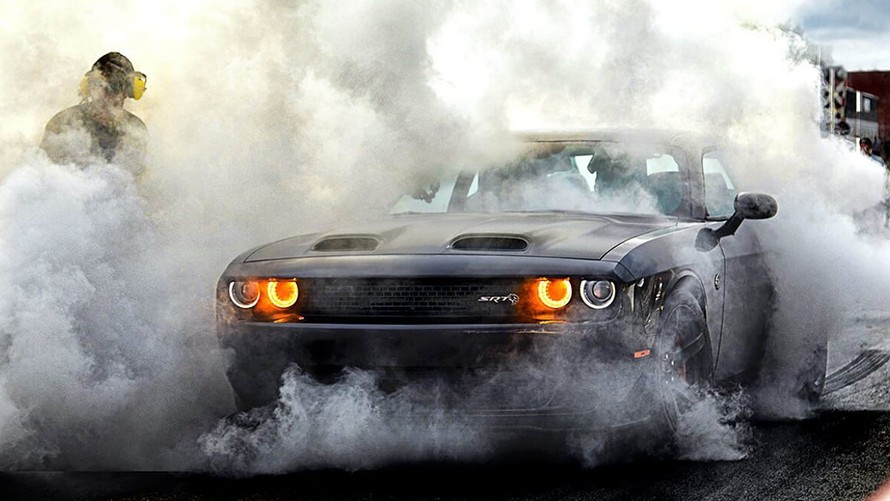 Dodge
Dodge As with its sibling, Chrysler, things have gotten pretty quiet at Dodge over the past 10 years. The company spun its most popular business unit, its line of Ram trucks and utility vehicles, off into its own brand a few years back, the boisterous Viper has been dead for a few years now, and Jeep has taken over as parent-company FCA’s go-to marque for SUVs.
Also on MarketWatch: The best times to buy a new car
This leaves us with the Durango, Challenger and Charger as the company’s last three Dodge-badged product offerings. In lieu of a redesign, Dodge has taken to introducing massively powerful versions of its two RWD cars under its Hellcat subbrand. So far we’ve gotten the Challenger Hellcat, the Charger Hellcat and updated Redeye and wide-body variations of both, all of which pack a supercharged 6.2-liter Hemi V8 making a whopping 707 hp and 650 lb-ft of torque. Does anyone really need all that power? Absolutely not, but the sheer ridiculousness of the Hellcat-badged Dodges is how Dodge managed to stay relevant through the 2010s.
This story originally ran on Autotrader.com.










Add Comment